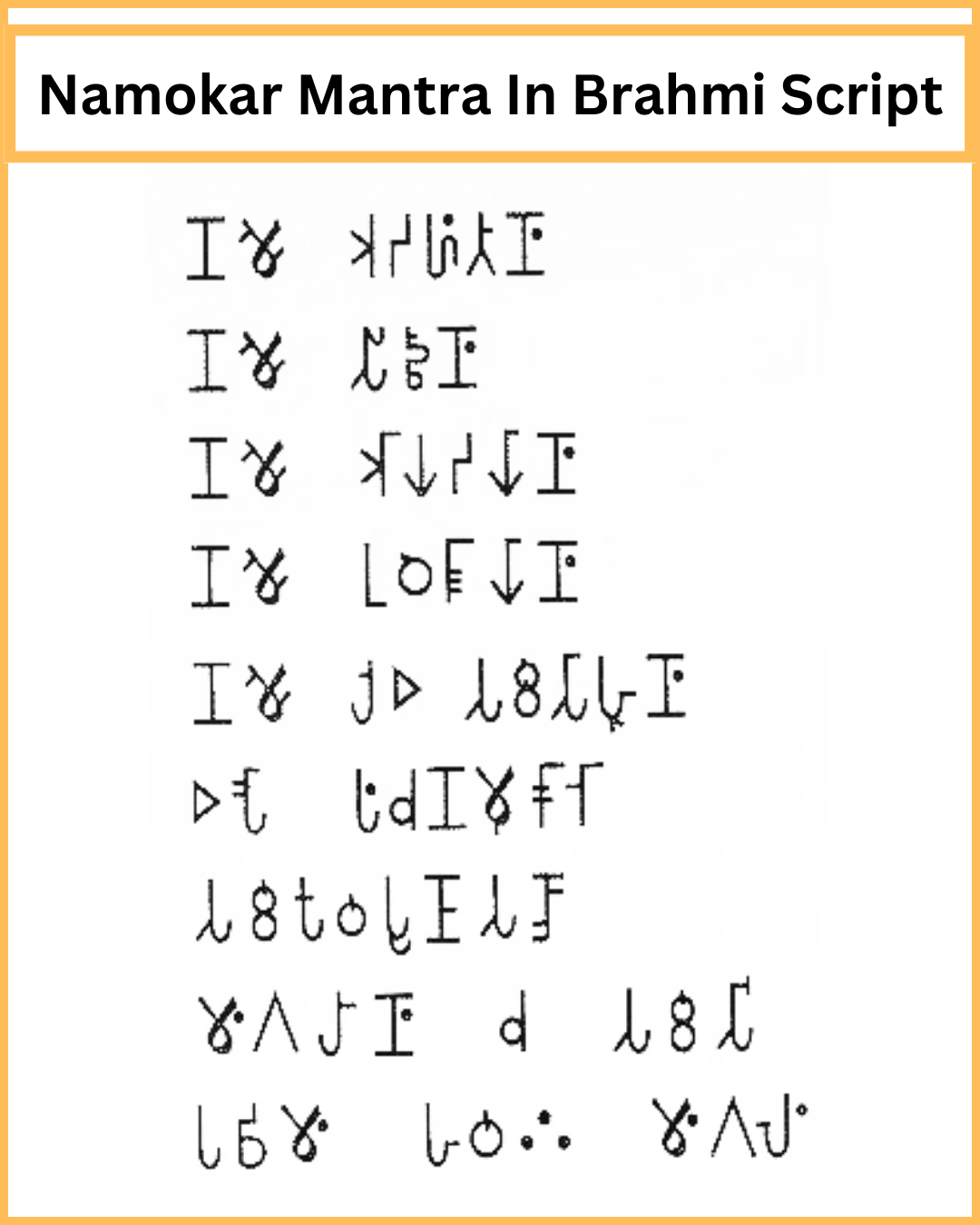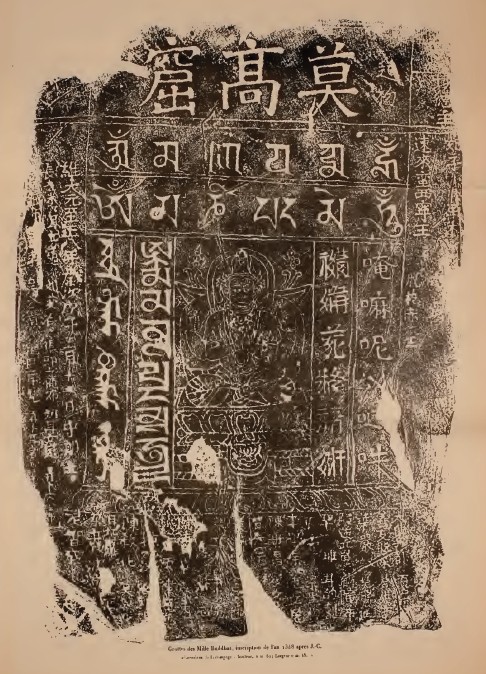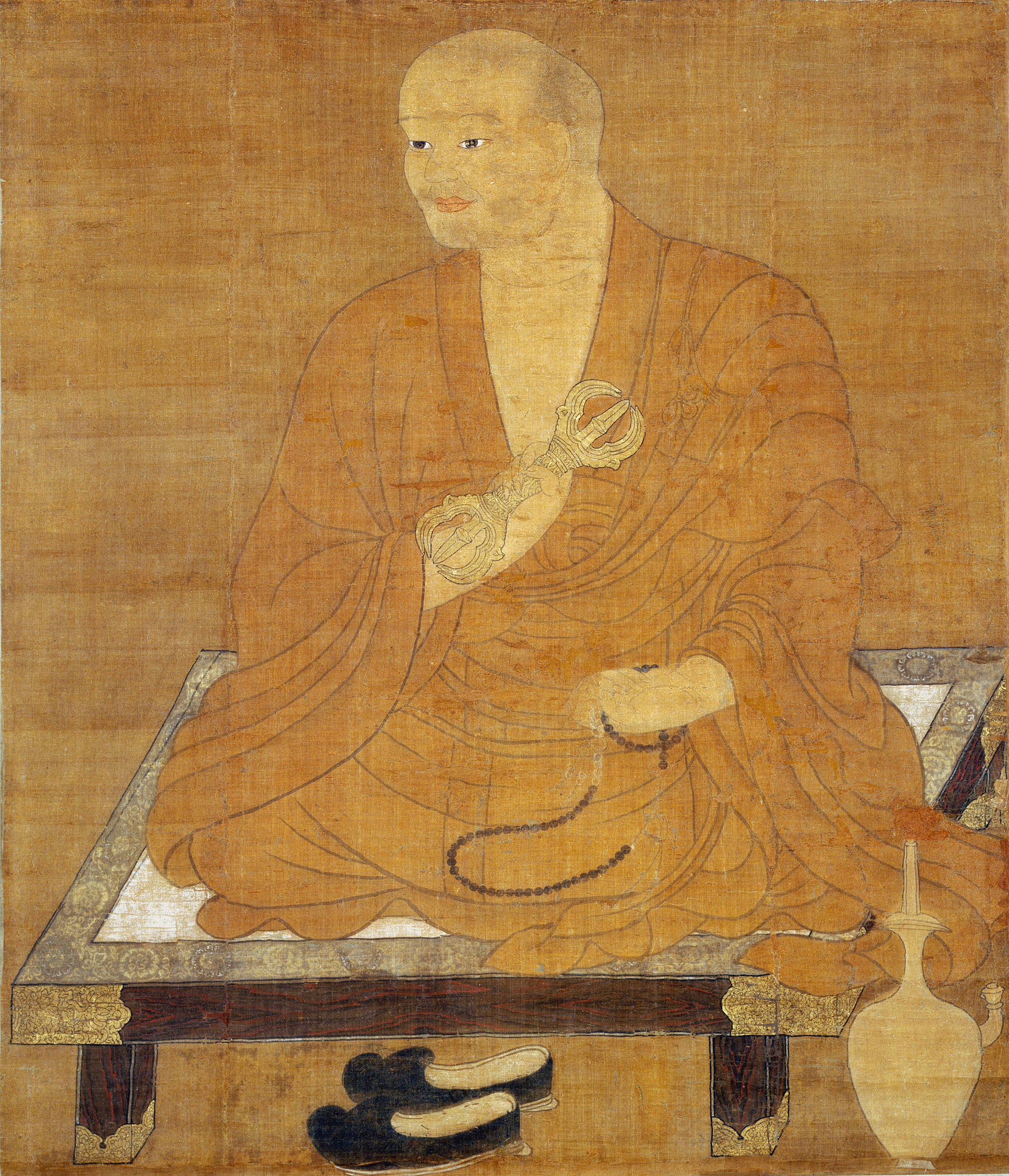|
Mantra
A mantra (Pali: ''manta'') or mantram (Devanagari: मन्त्रम्) is a sacred utterance, a numinous sound, a syllable, word or phonemes, or group of words in Sanskrit, Pali and other languages believed by practitioners to have religious, magical or spiritual powers. Feuerstein, Georg (2003), ''The Deeper Dimension of Yoga''. Shambala Publications, Boston, MA Some mantras have a syntactic structure and literal meaning, while others do not. The earliest mantras were composed in Vedic Sanskrit in India. At its simplest, the word ॐ (Aum, Om) serves as a mantra, it is believed to be the first sound which was originated on earth. Aum sound when produced creates a reverberation in the body which helps the body and mind to be calm. In more sophisticated forms, mantras are melodic phrases with spiritual interpretations such as a human longing for truth, reality, light, immortality, peace, love, knowledge, and action. Some mantras without literal meaning are musically ... [...More Info...] [...Related Items...] OR: [Wikipedia] [Google] [Baidu] |
OM MANI PADME HUM
' ( sa, ॐ मणि पद्मे हूँ, ) is the six-syllabled Sanskrit mantra particularly associated with the four-armed Shadakshari form of Avalokiteshvara, the bodhisattva of compassion. It first appeared in the Mahayana ''Kāraṇḍavyūhasūtra'' where it is also referred to as the ''sadaksara'' (six syllabled) and the ''paramahrdaya'', or “innermost heart” of Avalokiteshvara. In this text the mantra is seen as the condensed form of all Buddhist teachings. The precise meaning and significance of the words remains much discussed by Buddhist scholars. The literal meaning in English has been expressed as "praise to the jewel in the lotus", or as a declarative aspiration possibly meaning "I in the jewel-lotus". ''Padma'' is the Sanskrit for the Indian lotus (''Nelumbo nucifera''), and ''mani'' for "jewel", as in a type of spiritual "jewel" widely referred to in Buddhism. The first word, '' aum/om'', is a sacred syllable in various Indian religions, and ''hum'' ... [...More Info...] [...Related Items...] OR: [Wikipedia] [Google] [Baidu] |
Tantra
Tantra (; sa, तन्त्र, lit=loom, weave, warp) are the esoteric traditions of Hinduism and Buddhism that developed on the Indian subcontinent from the middle of the 1st millennium CE onwards. The term ''tantra'', in the Indian traditions, also means any systematic broadly applicable "text, theory, system, method, instrument, technique or practice". A key feature of these traditions is the use of mantras, and thus they are commonly referred to as Mantramārga ("Path of Mantra") in Hinduism or Mantrayāna ("Mantra Vehicle") and Guhyamantra ("Secret Mantra") in Buddhism. Starting in the early centuries of the common era, newly revealed Tantras centering on Vishnu, Shiva or Shakti emerged. There are tantric lineages in all main forms of modern Hinduism, such as the Shaiva Siddhanta tradition, the Shakta sect of Sri-Vidya, the Kaula, and Kashmir Shaivism. In Buddhism, the Vajrayana traditions are known for tantric ideas and practices, which are based on Ind ... [...More Info...] [...Related Items...] OR: [Wikipedia] [Google] [Baidu] |
Jan Gonda
Jan Gonda (14 April 1905 – 28 July 1991) was a Dutch Indologist and the first Utrecht professor of Sanskrit. He was born in Gouda, in the Netherlands, and died in Utrecht. He studied with Willem Caland at Rijksuniversiteit, Utrecht (since 1990 Universiteit Utrecht) and from 1932 held positions at Utrecht and Leiden. He held the positions of Chair of Sanskrit succeeding Caland from 1929, as well as of Indology from 1932. He published scholarly articles on Indian Sanskrit and Indonesian Javanese texts for sixty years. In 1952, he published his monumental work on ''Sanskrit in Indonesia''. His contributions to philology and Vedic literature has been oft-cited. Gonda is recognized as one of the twentieth century's leading scholars of Asian language, literature and religion, particularly on texts and topics related to Hinduism and Buddhism. He wrote with ease and elegance in Dutch, English and German, and had a breath-taking range of interests from the ancient literature of Ind ... [...More Info...] [...Related Items...] OR: [Wikipedia] [Google] [Baidu] |
Rigveda
The ''Rigveda'' or ''Rig Veda'' ( ', from ' "praise" and ' "knowledge") is an ancient Indian collection of Vedic Sanskrit hymns (''sūktas''). It is one of the four sacred canonical Hindu texts ('' śruti'') known as the Vedas. Only one Shakha of the many survive today, namely the Śakalya Shakha. Much of the contents contained in the remaining Shakhas are now lost or are not available in the public forum. The ''Rigveda'' is the oldest known Vedic Sanskrit text. Its early layers are among the oldest extant texts in any Indo-European language. The sounds and texts of the ''Rigveda'' have been orally transmitted since the 2nd millennium BCE. Philological and linguistic evidence indicates that the bulk of the ''Rigveda'' Samhita was composed in the northwestern region of the Indian subcontinent (see) Rigvedic rivers), most likely between 1500 and 1000 BCE, although a wider approximation of 19001200 BCE has also been given. The text is layered, consistin ... [...More Info...] [...Related Items...] OR: [Wikipedia] [Google] [Baidu] |
Yasna
Yasna (; ''''. ae, ,) is the name of 's principal act of worship. It is also the name of the primary liturgical collection of texts, recited during that ''yasna'' ceremony. Overview The function of the ''yasna'' ceremony is, very rou ...[...More Info...] [...Related Items...] OR: [Wikipedia] [Google] [Baidu] |
Shingon Buddhism
Shingon monks at Mount Koya is one of the major schools of Buddhism in Japan and one of the few surviving Vajrayana lineages in East Asia, originally spread from India to China through traveling monks such as Vajrabodhi and Amoghavajra. Known in Chinese as the Tangmi (; the Esoteric School in Tang Dynasty of China), these esoteric teachings would later flourish in Japan under the auspices of a Buddhist monk named Kūkai (), who traveled to Tang China to acquire and request transmission of the esoteric teachings. For that reason, it is often called Japanese Esoteric Buddhism, or Orthodox Esoteric Buddhism. The word ''shingon'' is the Japanese reading of the Chinese word ('), which is the translation of the Sanskrit word (" mantra"). History Shingon Buddhist doctrine and teachings arose during the Heian period (794-1185) after a Buddhist monk named Kūkai traveled to China in 804 to study Esoteric Buddhist practices in the city of Xi'an (), then called Chang-a ... [...More Info...] [...Related Items...] OR: [Wikipedia] [Google] [Baidu] |
Shingon
Shingon monks at Mount Koya is one of the major schools of Buddhism in Japan and one of the few surviving Vajrayana lineages in East Asia, originally spread from India to China through traveling monks such as Vajrabodhi and Amoghavajra. Known in Chinese as the Tangmi (; the Esoteric School in Tang Dynasty of China), these esoteric teachings would later flourish in Japan under the auspices of a Buddhist monk named Kūkai (), who traveled to Tang China to acquire and request transmission of the esoteric teachings. For that reason, it is often called Japanese Esoteric Buddhism, or Orthodox Esoteric Buddhism. The word ''shingon'' is the Japanese reading of the Chinese word ('), which is the translation of the Sanskrit word ("mantra"). History Shingon Buddhist doctrine and teachings arose during the Heian period (794-1185) after a Buddhist monk named Kūkai traveled to China in 804 to study Esoteric Buddhist practices in the city of Xi'an (), then called Chang-an, at A ... [...More Info...] [...Related Items...] OR: [Wikipedia] [Google] [Baidu] |
On'yomi
are the logographic Chinese characters taken from the Chinese script and used in the writing of Japanese. They were made a major part of the Japanese writing system during the time of Old Japanese and are still used, along with the subsequently-derived syllabic scripts of ''hiragana'' and '' katakana''. The characters have Japanese pronunciations; most have two, with one based on the Chinese sound. A few characters were invented in Japan by constructing character components derived from other Chinese characters. After World War II, Japan made its own efforts to simplify the characters, now known as shinjitai, by a process similar to China's simplification efforts, with the intention to increase literacy among the common folk. Since the 1920s, the Japanese government has published character lists periodically to help direct the education of its citizenry through the myriad Chinese characters that exist. There are nearly 3,000 kanji used in Japanese names and in common ... [...More Info...] [...Related Items...] OR: [Wikipedia] [Google] [Baidu] |
Thought
In their most common sense, the terms thought and thinking refer to conscious cognitive processes that can happen independently of sensory stimulation. Their most paradigmatic forms are judging, reasoning, concept formation, problem solving, and deliberation. But other mental processes, like considering an idea, memory, or imagination, are also often included. These processes can happen internally independent of the sensory organs, unlike perception. But when understood in the widest sense, any mental event may be understood as a form of thinking, including perception and unconscious mental processes. In a slightly different sense, the term ''thought'' refers not to the mental processes themselves but to mental states or systems of ideas brought about by these processes. Various theories of thinking have been proposed, some of which aim to capture the characteristic features of thought. '' Platonists'' hold that thinking consists in discerning and inspecting Platonic forms and ... [...More Info...] [...Related Items...] OR: [Wikipedia] [Google] [Baidu] |
Vedas
upright=1.2, The Vedas are ancient Sanskrit texts of Hinduism. Above: A page from the '' Atharvaveda''. The Vedas (, , ) are a large body of religious texts originating in ancient India. Composed in Vedic Sanskrit, the texts constitute the oldest layer of Sanskrit literature and the oldest scriptures of Hinduism. There are four Vedas: the Rigveda, the Yajurveda, the Samaveda and the Atharvaveda. Each Veda has four subdivisions – the Samhitas ( mantras and benedictions), the Aranyakas (text on rituals, ceremonies, sacrifices and symbolic-sacrifices), the Brahmanas (commentaries on rituals, ceremonies and sacrifices), and the Upanishads (texts discussing meditation, philosophy and spiritual knowledge).Gavin Flood (1996), ''An Introduction to Hinduism'', Cambridge University Press, , pp. 35–39A Bhattacharya (2006), ''Hindu Dharma: Introduction to Scriptures and Theology'', , pp. 8–14; George M. Williams (2003), Handbook of Hindu Mythology, Oxford University Pres ... [...More Info...] [...Related Items...] OR: [Wikipedia] [Google] [Baidu] |
Frits Staal
Johan Frederik "Frits" Staal (3 November 1930 – 19 February 2012) was the department founder and Emeritus Professor of Philosophy and South/Southeast Asian Studies at the University of California, Berkeley. Staal specialized in the study of Vedic ritual and mantras, and the scientific exploration of ritual and mysticism. He was also a scholar of Greek and Indian logic and philosophy and Sanskrit grammar. Biography Staal was born in Amsterdam, the son of the architect Jan Frederik Staal, and studied mathematics, physics and philosophy at the University of Amsterdam. He continued with Indian philosophy and Sanskrit at Madras and Banaras. Staal was Professor of General and Comparative Philosophy in Amsterdam, 1962–67. In 1968, he became Professor of Philosophy and South Asian Languages at the University of California, Berkeley, and he retired in 1991. In 1975, a consortium of scholars, led by Staal, documented the twelve-day performance, in Panjal village, Kerala, of ... [...More Info...] [...Related Items...] OR: [Wikipedia] [Google] [Baidu] |



.png)




.jpg)
